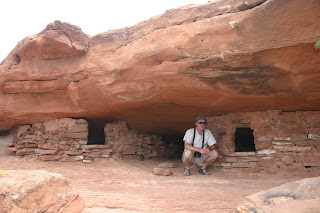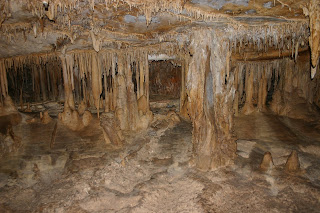

In order to continue further south from Ocracoke it is necessary to take a long ferry boat ride across the Pamlico Sound to Cedar Island where one may rejoin the mainland highway system. The ride was very pleasant. Also on board the boat was a group of older motorcycle riders from Georgia out on a grand excursion.















































